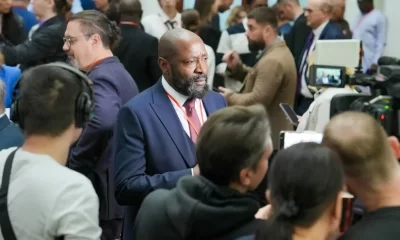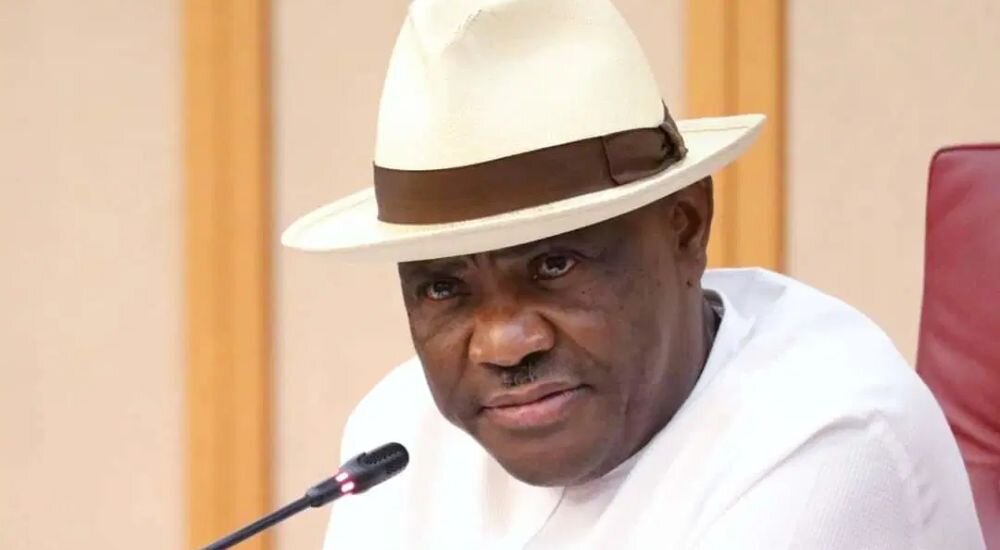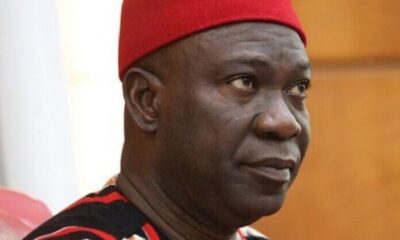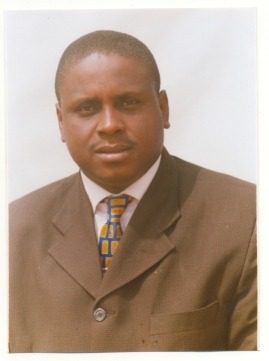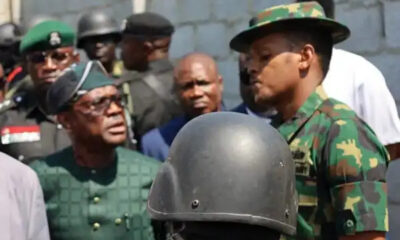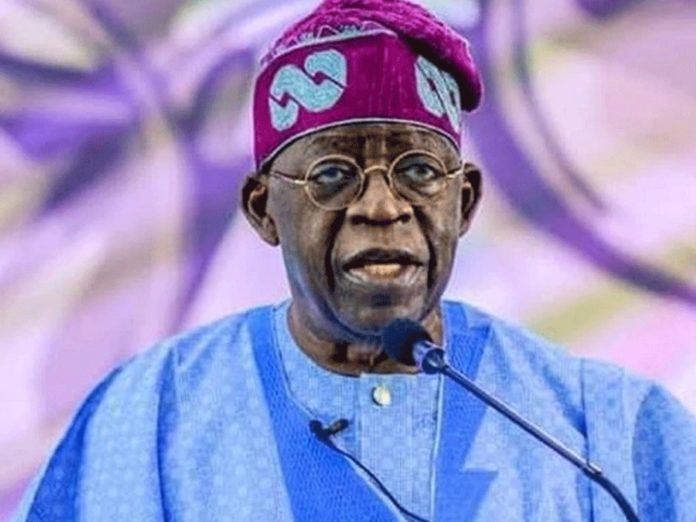National Issues
Protest Reportage And Yellow Journalism In Nigeria, by Adewole Kehinde
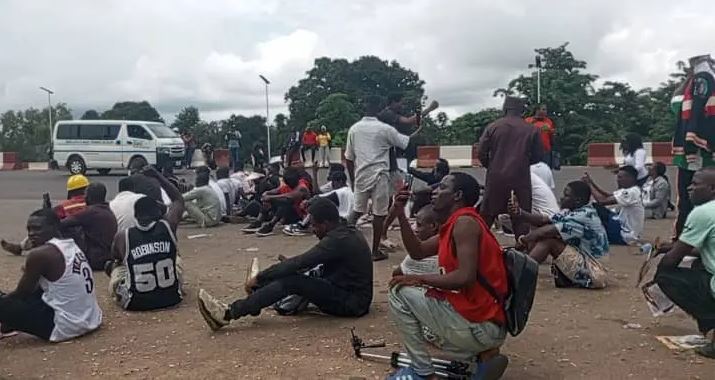
“The press, like fire, is an excellent servant but a terrible master.” –James F. Cooper
“Journalists, Protesters Flee As Police Open Fire On Demonstrators At MKO Abiola Stadium Abuja” was the major headline on many online media on Saturday, 3rd August 2024.
This brought me to the definition of open fire, live bullets, and tear gas.
OPEN FIRE typically refers to the act of discharging a firearm or weapon, causing it to release bullets or projectiles.
LIVE BULLETS are real ammunition that can be fired from a gun. They contain a projectile, such as a bullet.
TEAR GAS is a non-lethal chemical weapon that is used for crowd control, riot control, and personal self-defence.
I was devastated to see media houses, people used to look up unto for credible information dishing out completely false news.
From all the videos available from the MKO Abiola Stadium on Saturday, August 3, 2024, I never saw fire nor a live bullet but tear gas; a non-lethal chemical weapon that is used for crowd control, riot control, and personal self-defence.
Invading innocent lives and fabricating fictional scenarios in order to uphold evil for financial gain, yellow journalism ought to be outlawed. They create what they can’t find.
Although I understood why the majority of the media used the same coordinated headline because the protest at the MKO Abiola Stadium was led by a former reporter with Punch Newspaper.
I recall that a High Court of the Federal Capital Territory restricted participants in the August 1 hunger protest against the federal government to the MKO Abiola stadium.
Justice Sylvanus Oriji issued the order on Wednesday in Abuja while delivering a ruling in an ex-parte application brought before him by the Minister of the Federal Capital Territory.
In the ex parte application argued by Chief Ogwu James Onoja, the FCT Minister had applied for an order of interim injunction restraining the five leaders of the protesting groups from gathering or parading themselves along any roadway, streets, offices, and public premises within the FCT between August 1 and 10, or any other day thereafter, pending the hearing and determination of the motion on notice.
He also applied for another order of interim injunction mandating the security agencies to prevent the protesting leaders from gathering or parading themselves along any roadway, office, or public premises within the FCT between August 1 and 10, pending the hearing of his motion on notice.
The minister, who said that the federal government was not averse to the protest, claimed that intelligence and security reports reaching him indicated that some elements within the leadership of the protesters intend to capitalise on the planned protest to cause havoc and irreparable damage to public facilities and block roadways to prevent movement of persons and vehicles and disturb public peace.
He claimed that when he contacted the security agencies to ensure that the planned protest did not degenerate into criminality and disturbance of public peace and order, he was told that they were not well equipped to manage any crisis that may arise from the planned protest at short notice; hence, they advised him that prevention is better than cure.
In his ruling, Justice Oriji, who recognized the rights of the protesters to embark on the protest, restricted them to the stadium because of the genuine fears expressed by the minister.
“In the light of the above, the court considers it appropriate and expedient to grant an order under the omnibus or general prayer to ensure that the rights of the protesters are guaranteed and that the protest does not negatively or adversely affect the rights of other citizens to move about and to ensure that properties and other public facilities are not destroyed,” the judge held.
He therefore ordered the 1st to 5th respondents to “use the Moshood Abiola Stadium” only for the protest.
From the videos and photos available, the protesters were on the main road in front of the Moshood Abiola Stadium against the order of the court that said they should use the Moshood Abiola Stadium.
Following the protesters’ refusal to obey the court order, the policemen had to use tear gas; a non-lethal chemical weapon that is used for crowd control, riot control, and personal self-defence, against the publication that the police opened fire on the protesters, including journalists at the venue.
Any journalist that is worth the name should take advantage of the phone number and X (former Twitter) of the Force PRO or the FCT PPRO to do a thorough investigation in the bid to churn out excellent stories that are devoid of unnecessary gaffes in the name of sensationalism.
I shall round up this article by zeroing in on the need for the profession and its legion of practitioners to go back to the very pivot upon which the foundation of the profession was laid—fairness.
The fact is that by being unduly sensational, journalists are not being fair to themselves, and neither are they fair to the profession nor the nation whose interests they are to protect.
I believe everyone has a role to play in ensuring that we do not surrender the relative peace in society to the callous hands of sensationalism and consistently heat up the polity.
Journalists should also seek information—the right information. He or she should also equip him/herself with the right education. While it is good for employers to send their employees on in-service training to boost their professionalism, journalists should also seek opportunities to train themselves through participation in seminars, workshops, conferences, and international media fellowships that abound on the internet.
This is the era where every 21st-century journalist should be proud of the profession and should see himself as an agent of change and not an agent of disintegration or a purveyor of falsehood that succeeds only in heating the polity.
Adewole Kehinde is the publisher of Swift Reporters and can be reached on 08166240846. email: kennyadewole@gmail.com

